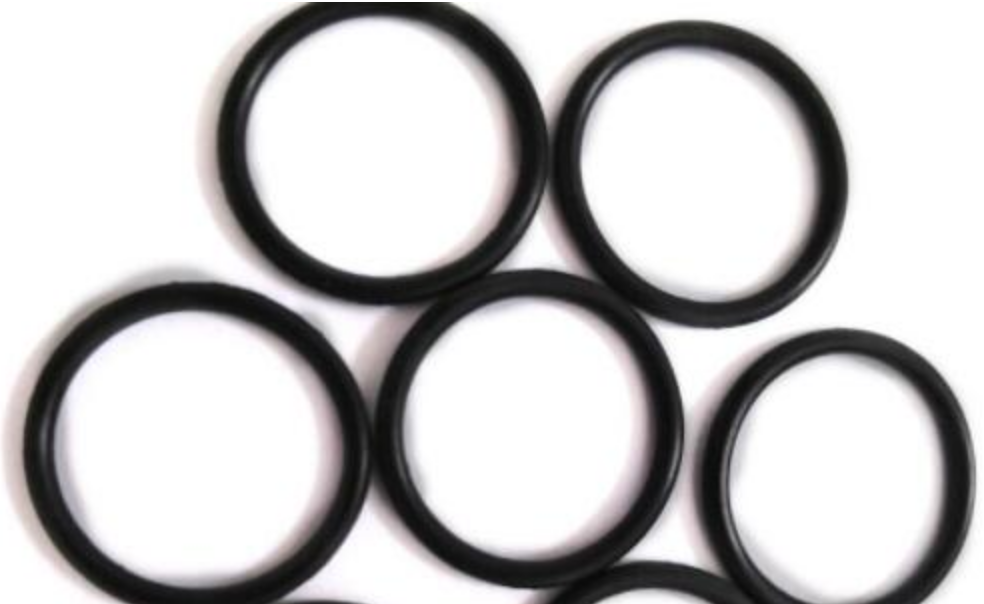Welcome to the company's official website
- Website Map
- Contact Us
- WeChat

Welcome to the company's official website

免费咨询热线
13244722122Many enterprises use a type of sealing ring called O-Ring, which is a commonly used and basic sealing ring in industry. However, this commonly used sealing ring is also divided into various types. Below, we will introduce the EPDM rubber seal.
EPDM rubber seals have excellent heat resistance, weather resistance, and ozone resistance due to their polymerization of propylene and ethylene. When the ozone concentration is 100 * 10-8 (pphm), there is no cracking after 2430 hours, and the outdoor lifespan can reach more than 25 years. In water vapor at 160 ℃, ethylene propylene rubber also exhibits superior performance compared to other general-purpose rubbers, and it also has good resilience, insulation performance, and low temperature resistance.

EPDM rubber seal
EPDM is suitable for ethylene glycol based brake fluids, hot water and steam, silicone oil and grease, animal and vegetable oils, most organic or inorganic acids, cleaning agents, soaps, and environments with high alkalinity containing potassium at 150 ℃, most polar solvents (ketones, alcohol), phosphate ester hydraulic oils, and refrigerant R134a+PAG systems. It has good resistance to chlorine water and ammonia, and can also be used in acetic acid environments below 3% -5%, but is not suitable for mineral oils and fats, as well as aromatic and olefinic solvents. The disadvantages of EPDM rubber seals are slow vulcanization speed, inability to co vulcanize with diene rubber, poor self-adhesion and mutual adhesion, and poor airtightness.
Due to its excellent physical and chemical properties, EPDM rubber seals are often used in high-temperature or low-temperature sealing industries, as well as in industries that require insulation. Moreover, their long lifespan makes them very popular among factories. But it is not suitable for sealing some liquids, such as mineral oils and fats, as well as aromatic and olefinic solvents.
Copyright © 2002-2021 版权所有 备案号:粤ICP备2022051953号